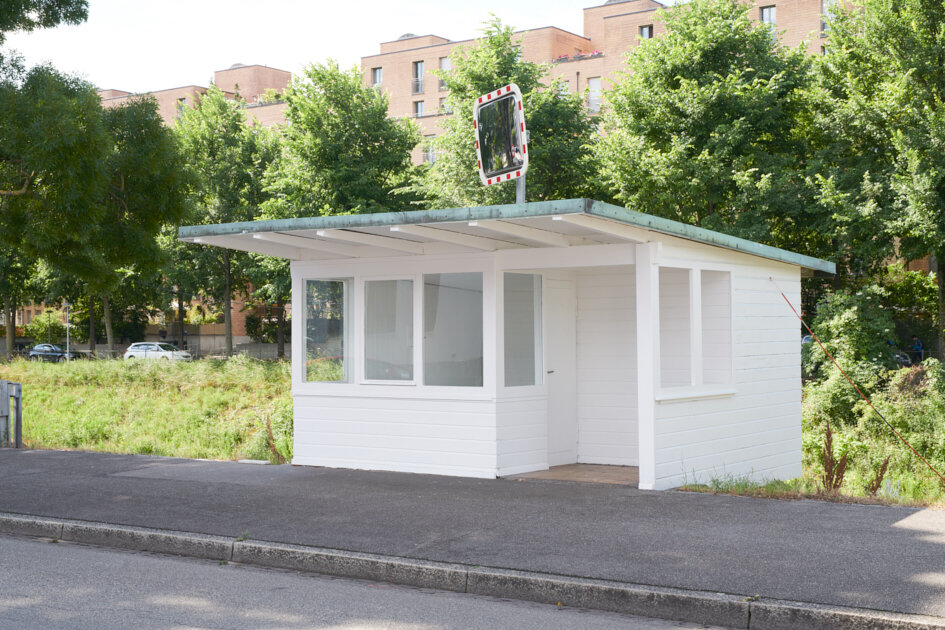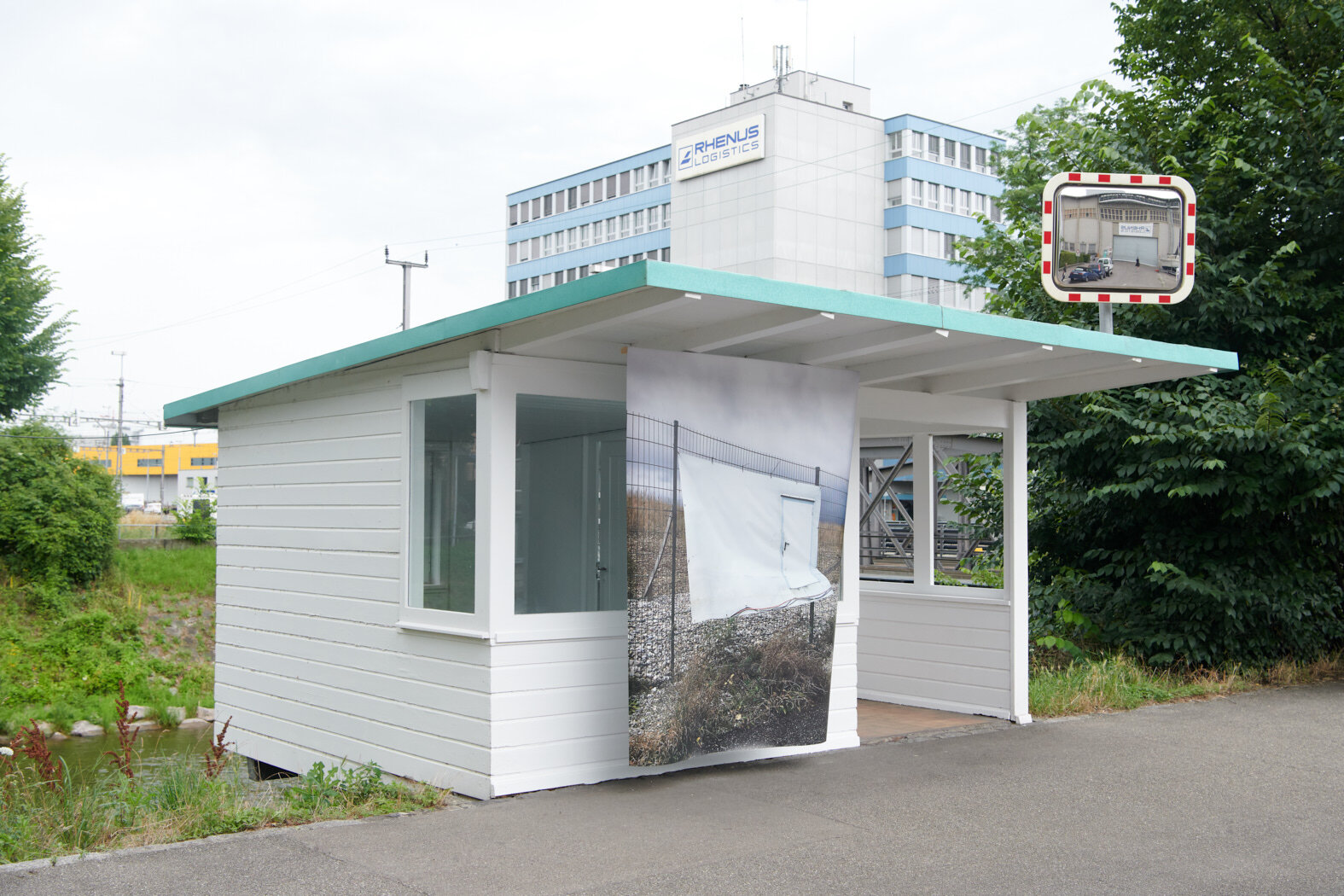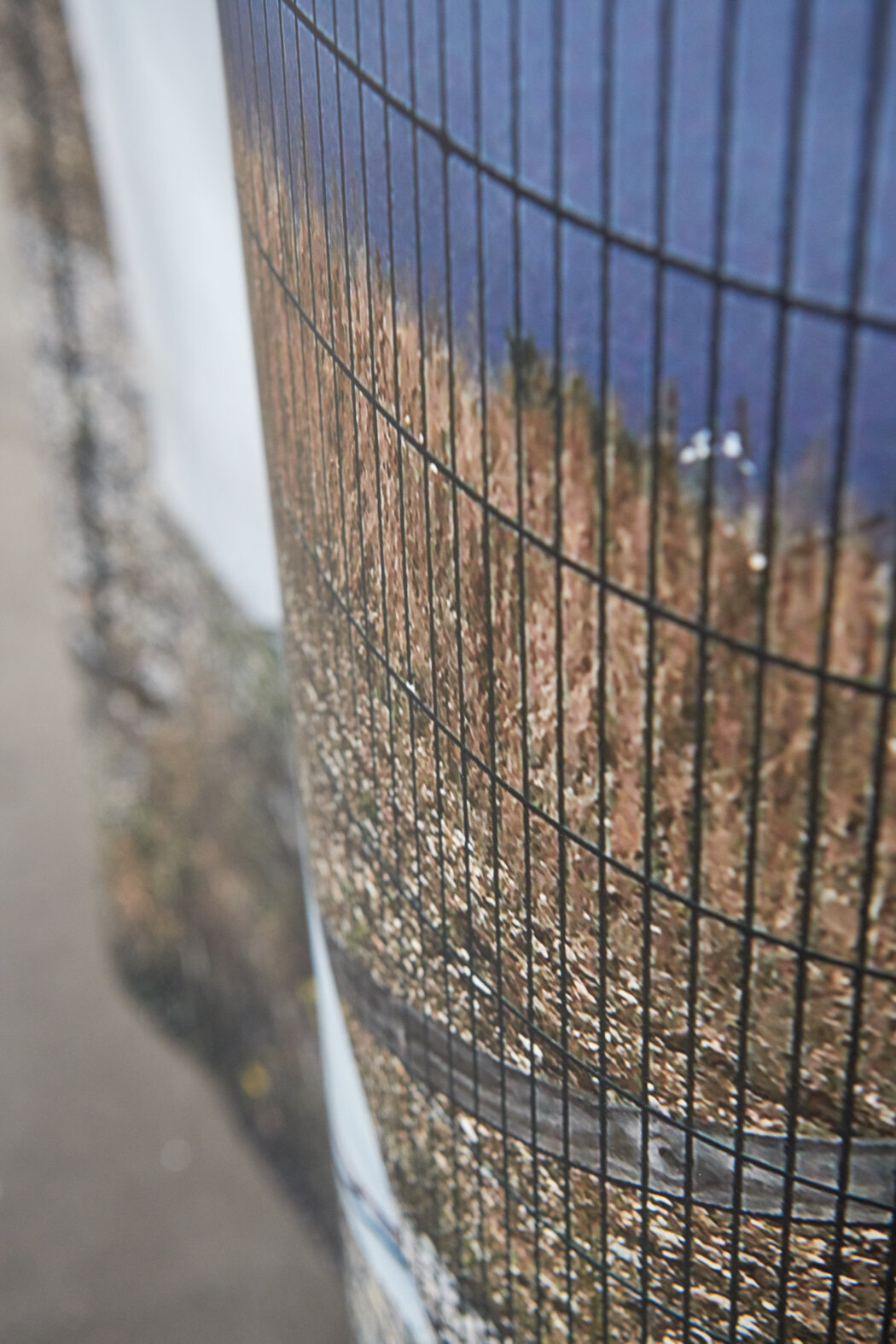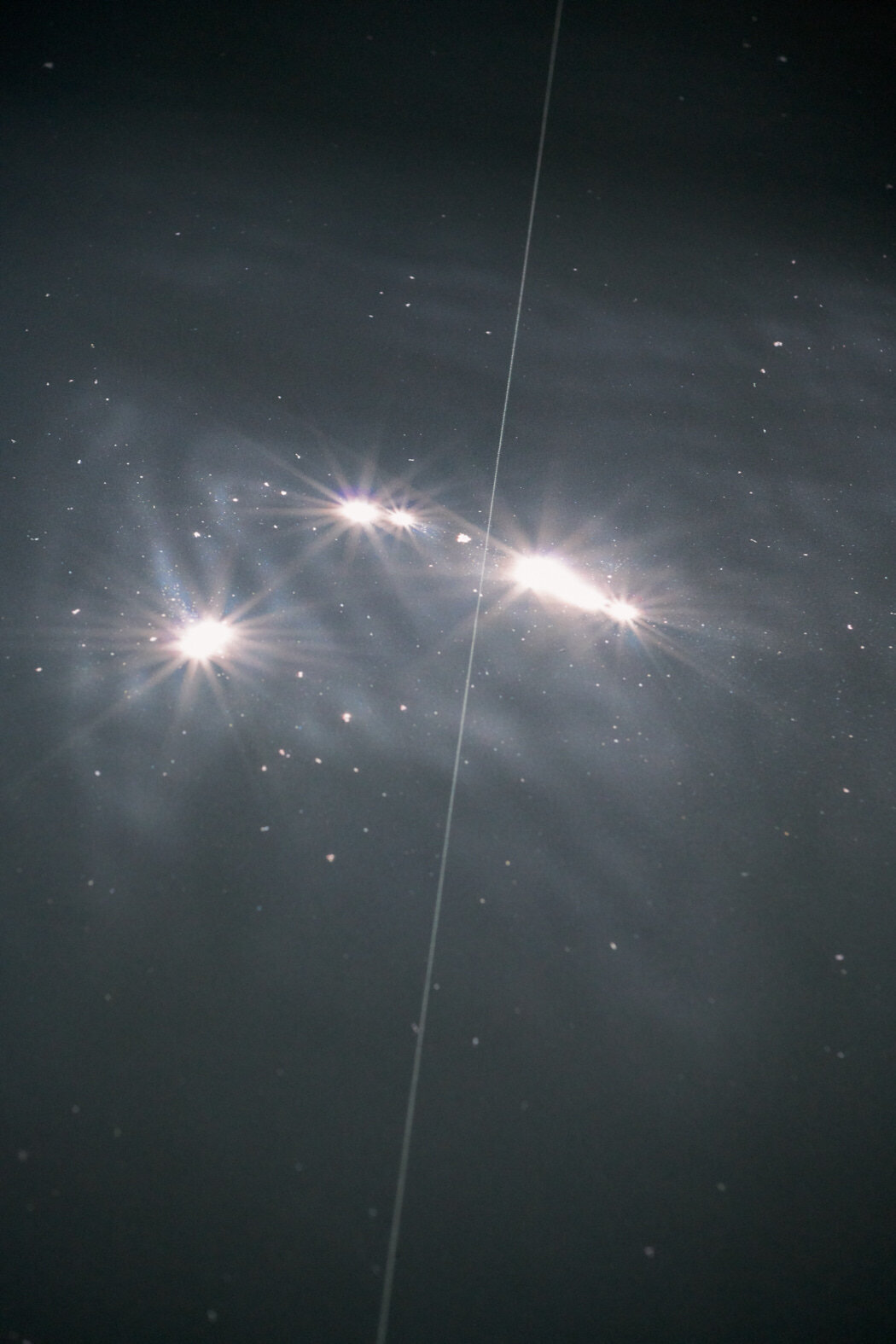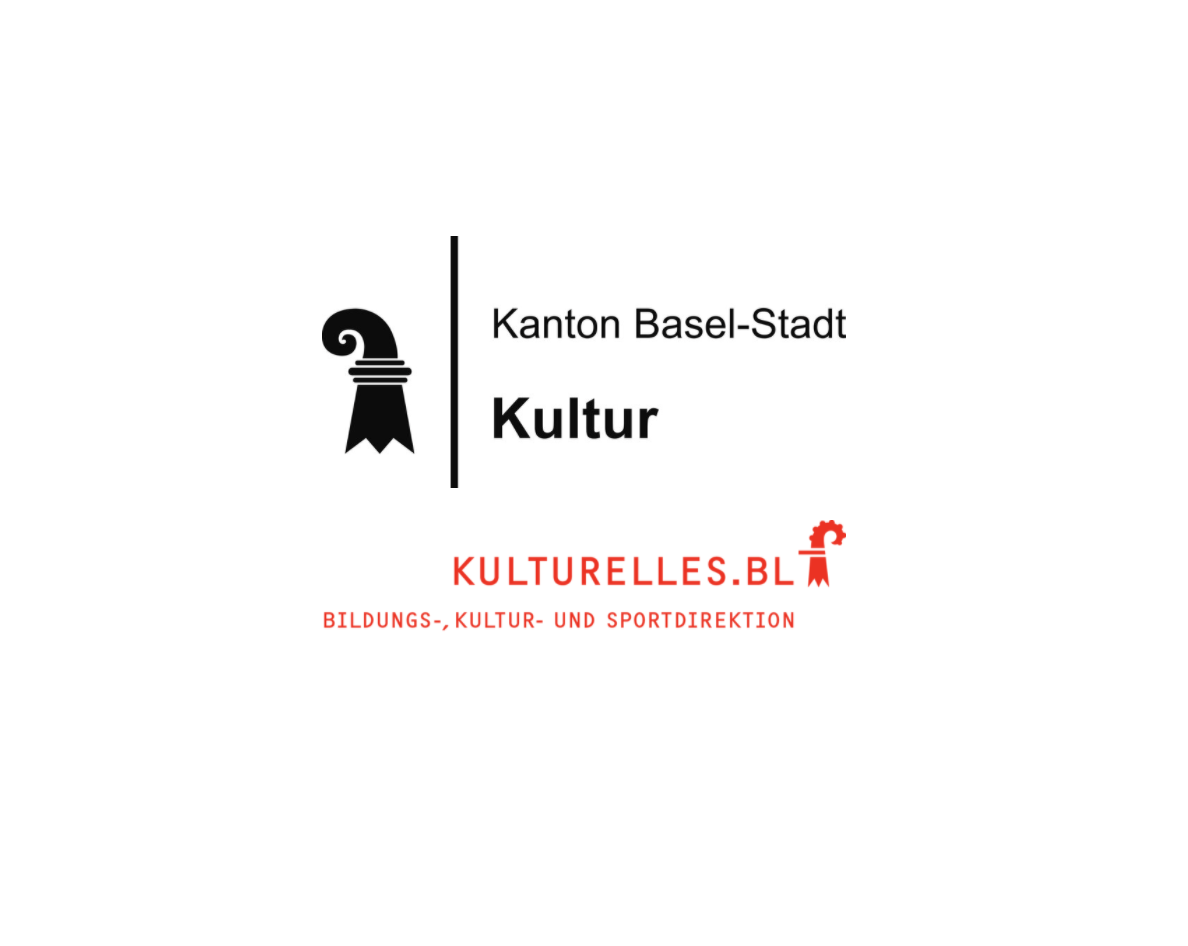03.7.21 – 26.09.21
Bianca Pedrina
Rheinweg
Text: Isabel Zürcher
Translation: Bigna Pfenninger
Photo: Claude Gasser
Born in Basel in 1985, Bianca Pedrina is part of a generation that has always experienced stepping into a neighbouring country as a free and open act – at least until pandemic times that is. The small art pavilion’s year of construction, on the other hand, is 1944, which falls into the Second World War, and such discrepancy alone evokes the theme and motif of borders. The physical border in question here runs in the middle of the Rhine and reaches German and French territory in just a few hundred meters. Who has the right to draw a border and why? And where does the river determine its course and where do corporations, the army or the immigration police do so?
On the opposite, French riverbank, a foot and bicycle path leads along the old Lindan landfill. Novartis, its current owner, removed the soil containing pesticide residue that had accumulated here up until the 1970s. After decades of running it as a strictly closed campus, the chemical company is presenting the prospect of slowly opening the premises to the public. The barriers surrounding the privatized area remain striking, and on its chain link fence, Bianca Pedrina found the picture of a locked door. This multi-layered portrait of a barrier printed on a tent sheet recites its message: attached to a high fence, the picture in the picture is reprinted on PVC. The summer sun protection on the whitewashed pavilion contradicts the desire for admission, freedom of movement and accessibility. An advertising space emptied to its crude base blocks the view of the wasteland. Inside, another membrane lends unwritten border stories to a multitude of associations. Bianca Pedrina printed her recording of sunlight reflections on the water’s surface on neoprene. Now the insulation layer is accessible in the exhibition space. As the floor’s second skin, it inverts the meaning of diving suit fabric and combines in its black buffer materiality our need for protection, the cool of the river and the dreamy imagery of a starry night sky. Bars, fences, barriers – depending on your location and timing – represent imprisonment or protection. Bianca Pedrina, granddaughter of war refugees, only knows indirectly of the historic dangers, prohibitions and surveillances on the Rhine. Impressions of illegal arrivals, border guards and expulsions from the country have been silenced for a long time and now appear only as hints in the photographic image. The plastic has absorbed the past without a word. The wind plays with the memory of makeshift dwellings. Dreams and traumas are reflected gently in the reference system of surfaces.
Questions for Bianca Pedrina (Isabel Zürcher)
Are there things that you learn exclusively or predominantly from your creative practice?
I have learnt to observe the world with gentle precision.
Do you experience moments of happiness when working? And if so, what constitutes this happiness?
When my camera surprises me and presents what I have seen with my own eyes in a different way.
What or whom does your art need most?
Hungry eyes.
Is your practice concerned with politics? With poetry? With both?
With both. The things that I am referring to in my work – whether those are inclusive architectural elements for visitors of Pompeii with motor disabilities or simply a picture of a house facade, that is covered in the dust of the city- everything is politics, everything is poetry.
What do you consider criteria for success?
To cite google search:
„Passion is at the beginning of every success.”
What can art criticism do (in the best of cases)?
To draw the author`s attention to aspects, that they weren’t aware of yet.
Say you are alerted, disturbed, shocked or excited by another artist’s work. Which aspects most strongly trigger your interest?
A humorous view on the seemingly well-known can bring many things into motion....
1985 in Basel geboren, gehört Bianca Pedrina einer Generation an, die – mindestens bis zur Pandemie – den Übertritt in die Nachbarländer immer offen und frei erlebt hatte. Das Baujahr des kleinen Kunstpavillons fällt 1944 in den Zweiten Weltkrieg – ein Anlass mehr, sich hier aufs Thema und Motiv der Grenze einzulassen. Mitten im Rhein verläuft diese hier und berührt in wenigen hundert Metern Entfernung deutsches und französisches Terrain. Wem steht das Recht zur Grenzziehung zu und warum? Wo bestimmt der Fluss den Lauf der Grenze und wo Konzerne, Militär, Fremdenpolizei?
Am gegenüberliegenden, französischen Ufer geht der Fuss- und Fahrradweg entlang einer alten Lindan-Deponie. Novartis als aktuelle Eigentümerin hat den Boden mit den Pestizid-Rückständen, die sich bis in die 1970er-Jahre hier angesammelt hatten, ausgehoben. Der Chemiekonzern stellt nach Jahrzehnten eines fest verschlossenen Campus die langsame Öffnung des Firmenareals in Aussicht. Noch sind die Barrieren um das privatisierte Gelände markant. Am Maschendrahtzaun fand Bianca Pedrina das Bild einer verschlossenen Tür. Das mehrschichtige, auf eine Zeltplache gedruckte Grenzporträt zitiert sie neu: An einem hohen Zaun befestigt, ist das Bild im Bild noch einmal auf PVC gedruckt. Der sommerlich anmutende Sonnenschutz widerspricht am weiss getünchten Häuschen dem Wunsch nach Einlass, Bewegungs- und Barrierefreiheit. Eine Werbefläche ist zum kruden Halt entleert und versperrt den Blick zur Brache. Im Innern leiht eine weitere Membran ungeschriebenen Grenzgeschichten einen Teppich an Assoziationen. Ihre Aufnahme von Reflexionen des Sonnenlichts auf der Wasseroberfläche hat Bianca Pedrina auf Neopren gedruckt. Jetzt liegt die Isolationsschicht begehbar im Raum. Die zweite Haut des Bodens deutet den Stoff von Schwimm- und Tauchanzügen um, lässt im schwarzen Puffer unsere Schutzbedürftigkeit, die Kälte des Flusswassers und das Sehnsuchtsbild eines Sternenhimmels ineinander fallen.
Gitter, Zäune, Schranken: Je nach Standort und Zeitpunkt meinen sie Gefangenschaft oder nehmen uns in Schutz. Von Gefährdung, Verbot und Überwachung am Rhein weiss Bianca Pedrina, Enkelin von Kriegsgeflüchteten, nur indirekt. Illegale Ankünfte, Grenzwachtposten, Landesverweise waren lange im Schweigen gestockt und gerinnen jetzt, andeutungsweise nur, im fotografischen Bild. Kunststoff hat wortlos Vergangenes in sich aufgesogen. Es spielt der Wind mit der Erinnerung an provisorische Behausungen. Im Verweis-System des Oberflächlichen spiegeln sich Träume und Traumata.
Isabel Zürcher, Juni 2021
Fragen an Bianca Pedrina (Isabel Zürcher)
Gibt es Dinge, die du nur oder vor allem aus deiner Arbeit lernst?
Ich habe gelernt, die Welt mit einer behutsamen Genauigkeit zu betrachten.
Kennst du Glücksmomente beim Arbeiten? Und wenn ja: worin besteht das Glück?
Wenn mich meine Kamera überrascht und mir das selbst Gesehene nochmals auf eine andere Weise darbietet.
Was oder wen braucht deine Kunst am meisten?
Hungrige Augen.
Hat dein Schaffen mit Politik zu tun? Mit Poesie? Mit beidem?
Die Dinge, die ich in meinen Arbeiten anspreche – seien es inklusive Architekturelemente für motorisch beeinträchtigte Pompei-Besucher, oder einfach nur eine abfotografierte Hausfassade, auf der sich der Staub einer Stadt abgelagert hat – alles ist Politik, alles ist Poesie.
Was sind für dich Kriterien des Erfolgs?
Um Google Search zu zitieren:
„Leidenschaft steht am Anfang jeden Erfolgs.”
Was kann Kunstkritik (im besten Fall)?
Die Autor:in auf Aspekte aufmerksam machen, derer sie sich selbst bislang nicht bewusst war.
Wenn dich Kunst (von anderen Künstler/innen) aufweckt, verstört, erschüttert, begeistert:
Was kann ein Auslöser sein?
Ein humorvoller Blick auf scheinbar Altbekanntes kann so einiges in Bewegung setzen...
Foto by Claude Gasser
Foto by Claude Gasser
The exhibition "Rheinweg" by Bianca Pedrina is supported by
